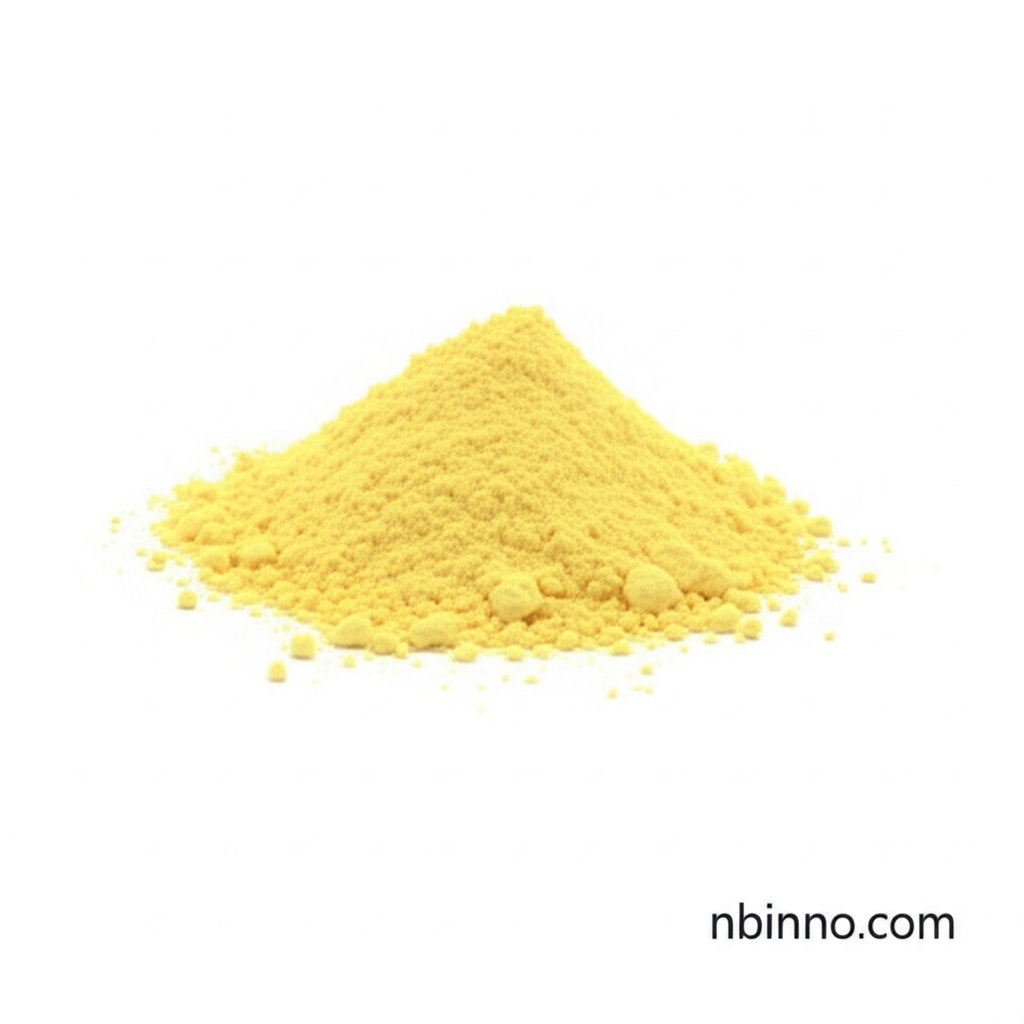3-Isopropoxyazetidine Hydrochloride: A Key Pharmaceutical Intermediate for Advanced Drug Synthesis
Unlock innovation in drug discovery with this versatile building block for novel therapeutic solutions.
Get a Quote & SampleProduct Core Value

3-Isopropoxyazetidine Hydrochloride
This compound is a crucial pharmaceutical intermediate, leveraging its unique azetidine ring structure and isopropoxy group to enhance the bioactivity, solubility, and stability of therapeutic agents. It serves as a vital building block in medicinal chemistry for synthesizing novel pharmaceuticals, particularly those targeting neurological disorders. Its favorable properties also make it valuable for organic chemists involved in drug design innovation and advanced pharmaceutical intermediates.
- Leverage the azetidine ring structure for enhanced bioactivity in drug development and explore its applications in 3-isopropoxyazetidine hydrochloride manufacturers.
- Utilize the isopropoxy group for improved solubility and stability, making it a key component in pharmaceutical intermediate for neurological disorders research.
- Employ this compound as a chemical synthesis building block for creating complex molecules in drug design innovation.
- Integrate into your medicinal chemistry workflow for advanced pharmaceutical intermediates, aiding in bioactive compound synthesis.
Advantages Provided by the Product
Enhanced Bioactivity
The distinctive azetidine ring structure is known to significantly boost the bioactivity of various therapeutic agents, a critical factor for drug design innovation.
Improved Formulation Properties
The isopropoxy group contributes favorably to the compound's solubility and stability, making it an attractive candidate for effective drug formulation and bioactive compound synthesis.
Versatile Synthetic Utility
As a key chemical synthesis building block, it enables medicinal chemists to easily modify and optimize molecules, supporting custom synthesis solutions for pharma.
Key Applications
Pharmaceutical Development
Serves as a key intermediate in the synthesis of novel pharmaceuticals, particularly in the development of drugs targeting neurological disorders, a core area for pharmaceutical intermediate for neurological disorders.
Chemical Synthesis
Used in various chemical reactions to create complex molecules, proving valuable for organic chemists seeking drug design innovation and exploring medicinal chemistry building blocks.
Biological Studies
Researchers utilize this compound to investigate its effects on cellular processes, aiding in the understanding of drug interactions and biological mechanisms within advanced pharmaceutical intermediates.
Material Science
Can be integrated into polymer formulations, potentially enhancing the properties of materials for coatings and adhesives, showcasing its utility beyond bioactive compound synthesis.
